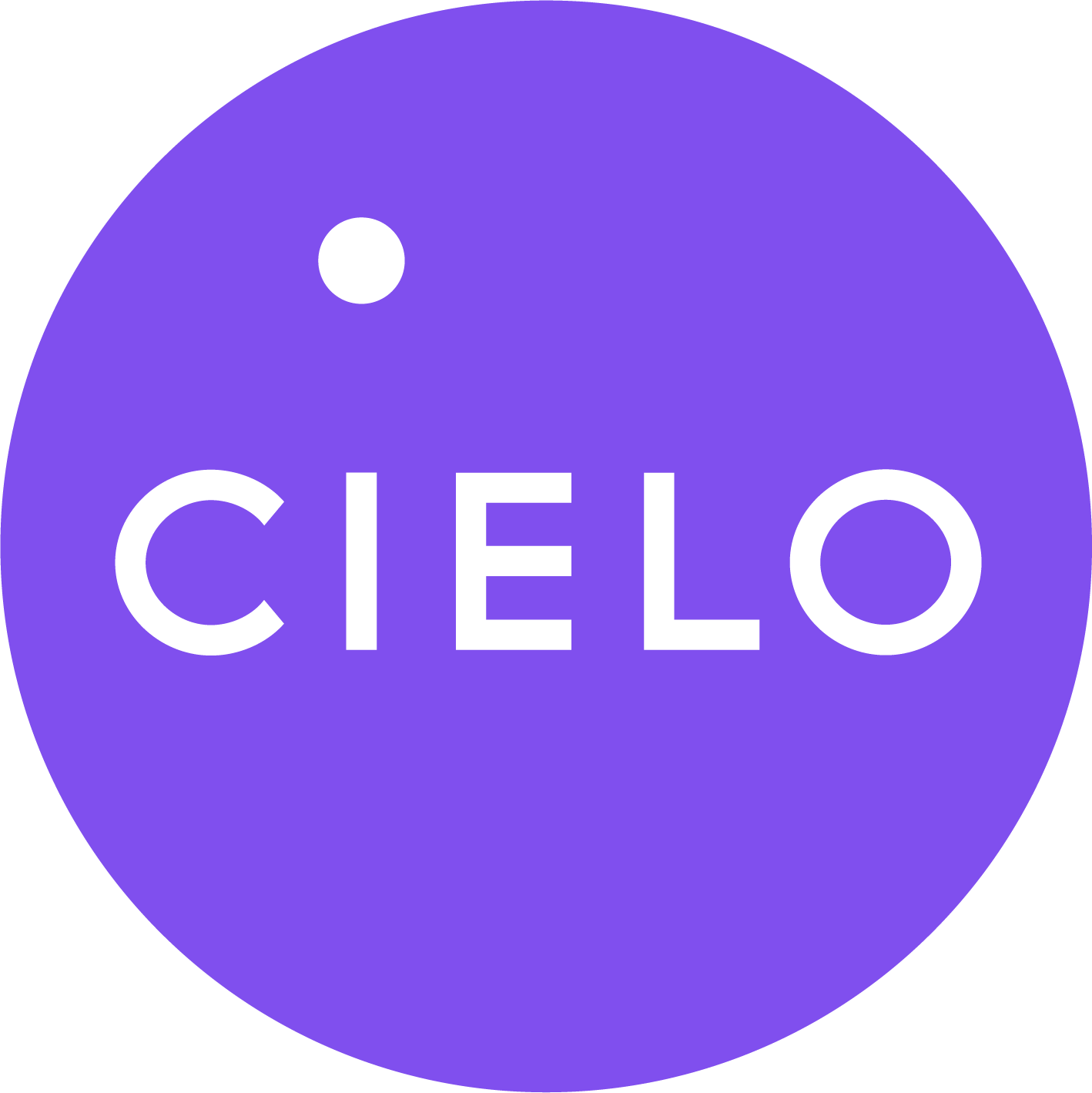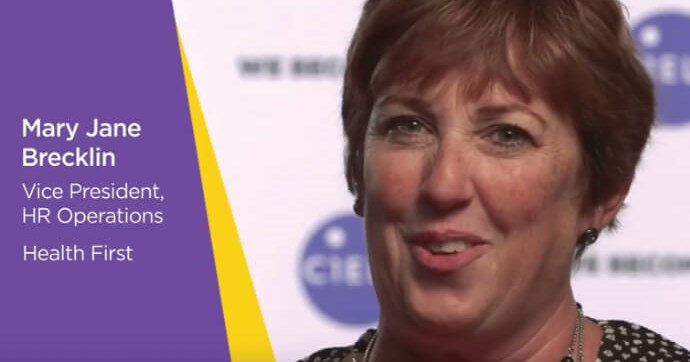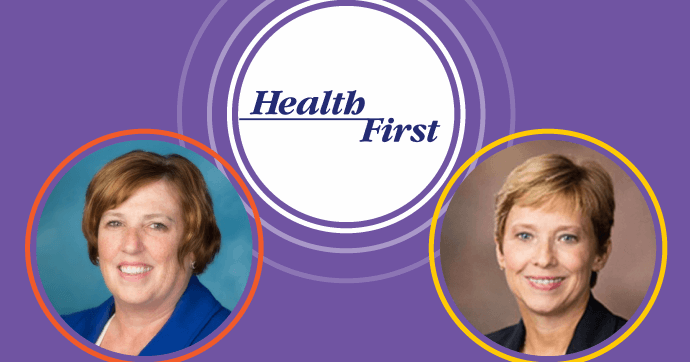The following article, written by Jill Schwieters, President of Cielo Healthcare, was originally published in the Healthcare Financial Management Association's Healthcare's Cost Containment.
Improving its 90-day retention rate helped Health First maintain one of its most valuable resources: its talent.
Having a well-resourced and expert recruitment function is a challenge for most healthcare organizations. Recruitment today is not what it used to be, and most healthcare organizations don’t have the expertise or technological capabilities to compete in today’s tight labor markets. Paula Just, chief human resources (HR) officer at Health First, quickly found that to be true as she started her new role in January 2014 at the Rockledge, Fla.-based integrated delivery network.
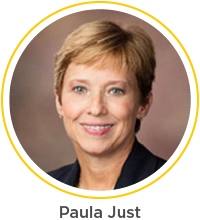 “I knew we needed to change the culture,” Just says. “We needed to attract talent from outside the immediate market, and we needed to prepare the organization for the quality and growth journey we were undertaking.” To this end, Just was committed to developing an effective HR function that supported that objective at Health First, which includes an owned and operated health insurance plan, hospitals, a multi-specialty medical group, and outpatient and wellness services. Health First had a number of HR challenges, as Just discovered. She needed to choose carefully which priorities her team would focus on, as well as those that would require outside expertise.
“I knew we needed to change the culture,” Just says. “We needed to attract talent from outside the immediate market, and we needed to prepare the organization for the quality and growth journey we were undertaking.” To this end, Just was committed to developing an effective HR function that supported that objective at Health First, which includes an owned and operated health insurance plan, hospitals, a multi-specialty medical group, and outpatient and wellness services. Health First had a number of HR challenges, as Just discovered. She needed to choose carefully which priorities her team would focus on, as well as those that would require outside expertise.
“I knew we couldn’t tackle them all, and yet we needed to move fast to solve some immediate challenges,” she says. As an experienced HR executive, Just knew her team’s attention should be focused on organizational culture, leadership development, and employee engagement. And yet, with chronic vacancies and growing turnover, Just knew hiring the right talent for Health First was a priority as well. With recruitment at the top of her list – and after talking with the executive team – she determined that the talent acquisition process needed strategic enhancement first. To that end, the team established three goals:
- Accelerate change and achieve significant enhancements in recruitment
- Develop a consistent and compliant recruitment process
- Improve the candidate and hiring professional experience
To establish a baseline, Just and her team chose to measure three key metrics before changes were made:
- Hiring manager satisfaction, which was at 69 percent
- New hire 90-day retention, which was at 86 percent
- New hire satisfaction, which was at 93 percent
Overall, these were fairly average numbers within the industry, but Just and Health First CEO Steve Johnson knew they should be doing better.
Inside Insourcing
Having worked with a partner company in the past that helped her build an effective recruitment function, Just turned once again to that company to assist with healthcare Recruitment Process Outsourcing (RPO).
RPO business partners might be better known as an insourcing solution because they serve as an extension of the in-house HR function and work under their direction. This approach would give Just the control to make sure results were achieved, while also enabling her team to shift its efforts to other priorities that needed attention.
Upon engagement of the RPO provider, Just and the executive team established aggressive goals to ensure the organization achieved overall cost savings, including higher retention of new hires. Toward that end, they set these objective, measurable goals for new hire satisfaction, hiring manager satisfaction, and 90-day retention rates:
- The new hire 90-day retention rate goal was set at 93 percent.
- Hiring manager satisfaction was set at 80 percent.
- The new hire satisfaction goal was set at 94 percent.
They also recognized that reducing costs, including decreasing contract labor utilization, was critical as well. The steps they took included the prudent use of hiring manager time, which is valuable in complex healthcare organizations. Having leaders spend excessive time completing administrative tasks within the recruitment process is a poor use of time given the endless demands they face in their roles.
With these goals in place, Health First and their RPO provider went to work implementing the new model of recruitment.
3 Key Factors for Success
Healthcare leaders should consider three key factors when transitioning to an RPO partner. First, the partner should have experience and the ability to provide a seamless transition for existing staff. Sharing the new model of recruitment with existing staff and evaluating their interests and competencies while having a deep understanding of culture integration make this a job best undertaken by seasoned veterans.
Second, the partner should provide access to a technology platform that supports modern and innovative recruitment tactics. Anyone who has spent time with a technology platform understands that the wrong technology can require more time than it saves. An effective platform supports efficient processes that are time savers, as well as best practices for creating an effective and efficient candidate and hiring leader experience.
Third, the partner should have experience with change management and communication strategies to move an organization from a traditional approach to the RPO approach. Change is rarely easy, and an experienced team can make this easier on all parties.
For Health First, the transition to the RPO went smoothly, and after months of collaboration and hard work, the team achieved the success demonstrated through the following results.
New Hire Satisfaction. After one year, new hire satisfaction increased to 96 percent, 3 percent ahead of the goal and the previous metric.
Hiring Manager Satisfaction. Hiring manager satisfaction improved to 97 percent, 17 percent higher than the goal and 28 percent higher than the baseline.
Retention rate. Perhaps the most important accomplishment was the change in the 90-day retention rate, which rose to 95 percent. This was 1 percent higher than the goal and 9 percent higher than the baseline. The improved retention rate alone provided more than $3 million in annual savings for the organization.
These savings were achieved by reducing the hard costs of turnover incurred as a result of employees who depart in 90 days or less. By increasing the retention rate from 86 percent to 95 percent, more than 250 additional new hires were retained, avoiding the expensive costs involved in recruitment and training. The savings are calculated by determining the aggregate salaries of those new associates now retained during the first 90 days of employment. This is a conservative number, as it does not include onboarding and orientation costs, training expenditures, and manager time lost in these situations. The increase in 90-day retention is a key indicator of candidate quality and fit. As a result, this higher quality contributes to the improvement in first-year retention, which has increased from 68 percent to 73 percent since the inception of this partnership. Coupling recruitment expertise with ongoing retention efforts is significant in driving positive patient outcomes, satisfaction, and employee engagement.
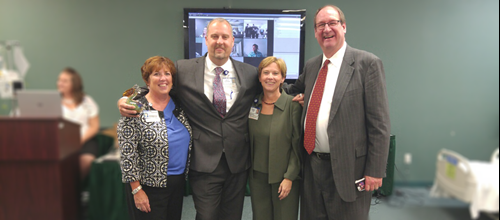
Health First Talent Acquisition Leadership Team: Mary Jane Brecklin (Health First), Jeff Jurinak (Cielo Healthcare), Paula Just (Health First), Mark Tippery (Cielo Healthcare)
Lessons Learned
Recruitment is a profession, not just an HR task. To hire more effectively, organizations should consider the latest approaches and technology. This allows the development of candidate-centric processes to attract the right talent for organizations.
It’s important to remember that a good fit for one organization may not be appropriate for others. Hiring the right talent that stays with an organization long term requires the proper alignment with culture. Assessing mission-critical priorities is important as healthcare organizations determine which tasks and activities should be handled internally and which processes should be considered for outside expertise. The following tips will help healthcare leaders work through that process.
Designate a point person to work with the RPO partner. At Health First, the vice president of HR operations, Mary Jane Brecklin, assumed this role and worked collaboratively with the recruitment team.
Tap into new talent pools. Healthcare leaders should consider an RPO partner with healthcare experience that can provide access to new pools of potential hires. By doing so, healthcare leaders can expand the breadth and depth of where their organizations source top talent.
Keep an eye focused on quality. People deliver quality patient care, not equipment or technology. Hiring workers with a service orientation, clinical competencies, and a commitment to serve makes a big difference. It will also ensure optimal reimbursement while minimizing risk.
Set expectations. Setting mutually understood and articulated goals allows for clear milestones of progress and enhances accountability from all stakeholders involved.
Collaborating on Cost Savings
Healthcare organizations have realized the recruitment process has become more complicated in this competitive world. Engaging an expert partner who brings knowledge, expertise, and experience to the table frees up the existing HR team to focus on other important challenges while ensuring the organization is hiring in the most cost-effective manner. Having a collaborative relationship and goal alignment is what drove success for Health First from the beginning. That success continues today, allowing the organization to optimize recruitment year over year.
Hear about the successful Cielo Healthcare partnership from Mary Jane Brecklin, Vice President of HR Operations at Health First.

Post contributed by Jill Schwieters, President of Cielo Healthcare. Connect with Jill on LinkedIn or follow her on Facebook. Learn more from Jill and her expert guests by listening to her Strategies for Healthcare Execs podcast.
